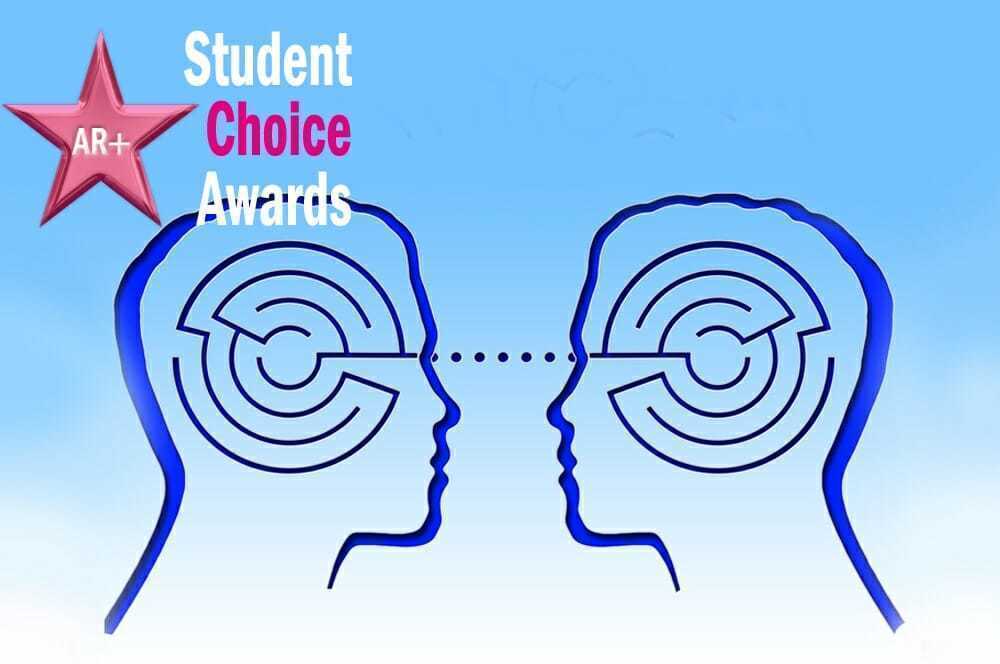Bridging Two Different Worlds in the Search of Meaning

A blog inspired by: Marti, J. (2016). Measuring in action research: Four ways of integrating quantitative methods in participatory dynamics. Journal of Action Research,14(2): 168-183.
As a new PhD student in social sciences coming straight from business school I feel comfortable using the language of numbers, and I tend to see myself as quantitative person. However, ever since I was introduced to Action Research I have been curious to know more about how I can utilize my quantitative abilities with this method of inquiry.
Joel Marti in his article “Measuring in action research: Four ways of integrating quantitative methods in participatory dynamics” brings two seemingly different methodologies, qualitative and quantitative, together which makes it very interesting to me. Integrating quantitative methods in participatory dynamics refers to linking both in the formulation of research design, methods of data collection and analysis. Using both quantitative and qualitative action research methods provides a platform to explore complex phenomena in a more meaningful way.
Integrating quantitative methods into AR projects provides a wide range of possibilities not only for verifying information obtained through one method, but also for introducing new information in undiscovered aspects. Quantitative research has the strength of reliability, creation of statistical generalizations to look for universal patterns, and identification of relationships between measurable phenomena, while action research addresses the way people behave and think, and how they describe their experiences, attitudes, and behaviors.

When combined, each method may serve as the preparation for another and may create the possibility of better matching research to the specific context in which the problem is located, and more precisely to the identities of participants and stakeholders.
For example, in one of the integration models presented in the article, the sequential integration, a quantitative method is introduced in the beginning of the process. In a study conducted by Dabaieh (2013) on helping to prevent loss of knowledge about desert vernacular architecture (architecture which draws on natural, local materials to insulate and climate control homes) and how to include vernacular in future building processes, a survey was conducted on participants as the first step to determine their satisfaction with the current vernacular houses. The findings of this survey provided a foundation to design the participatory section of the research process.
This article is especially interesting as it describes a new platform for researchers from two different traditions to collaborate in addressing complex issues from different perspectives. Two different disciplines are incorporated in research to compensate each other, which would help researchers to get a whole picture of the issue at hand. Having different perspectives in the process opens up ways to generate new and meaningful information, which would contribute to the resolution of specific issues that are being tackled. More importantly, this article demonstrated ways that I can incorporate my quantitative personality into a qualitative process while addressing social issues!
- Making Public Deliberations Inclusive with Mixed Methods AR - October 26, 2020
- Participatory action research with Aboriginal Elders: Ngulluk Koolunga Ngulluk Koort project - October 12, 2020
- Bringing the relational self to ART: Interview with Dr. Yvonne Skipper - October 1, 2020
